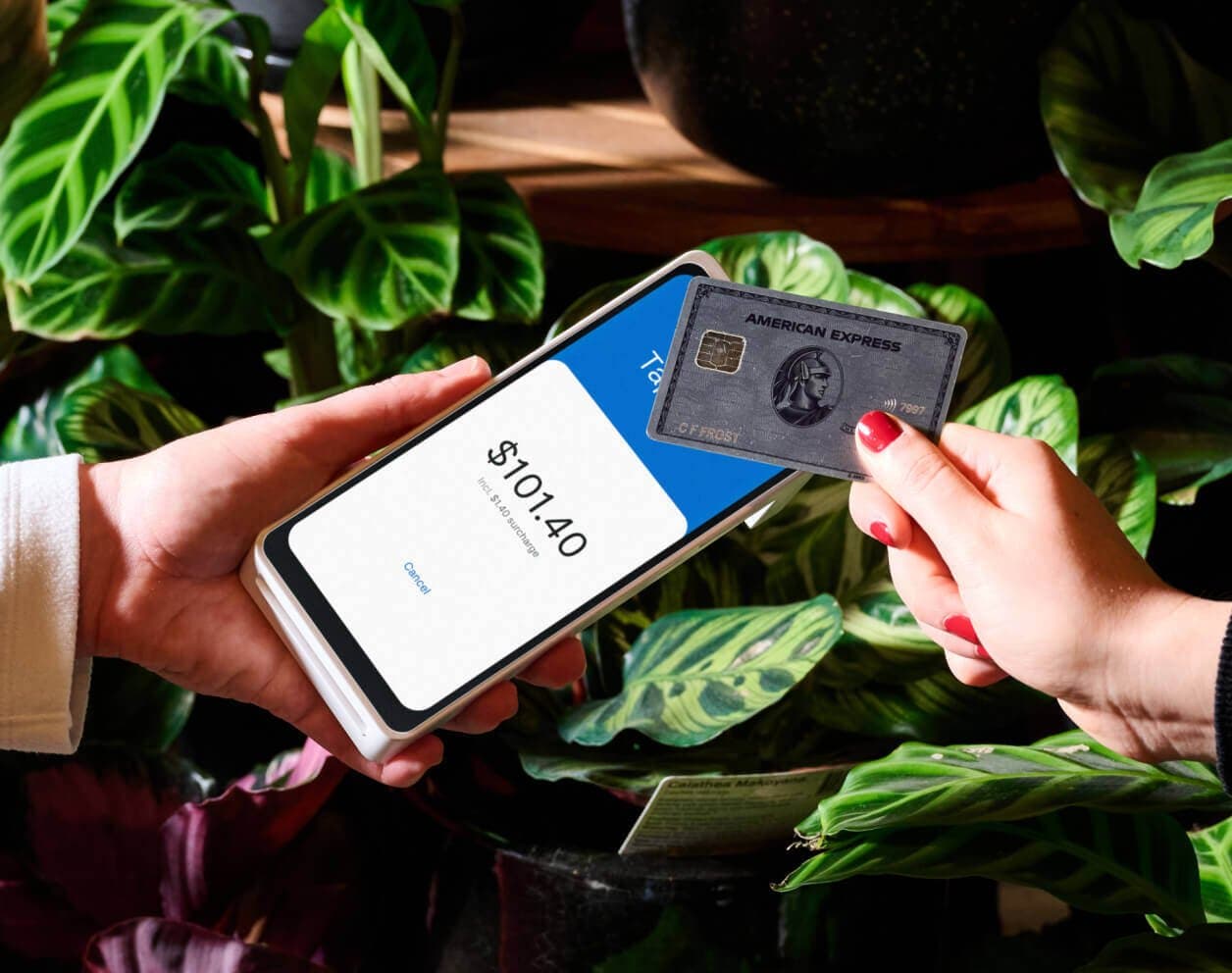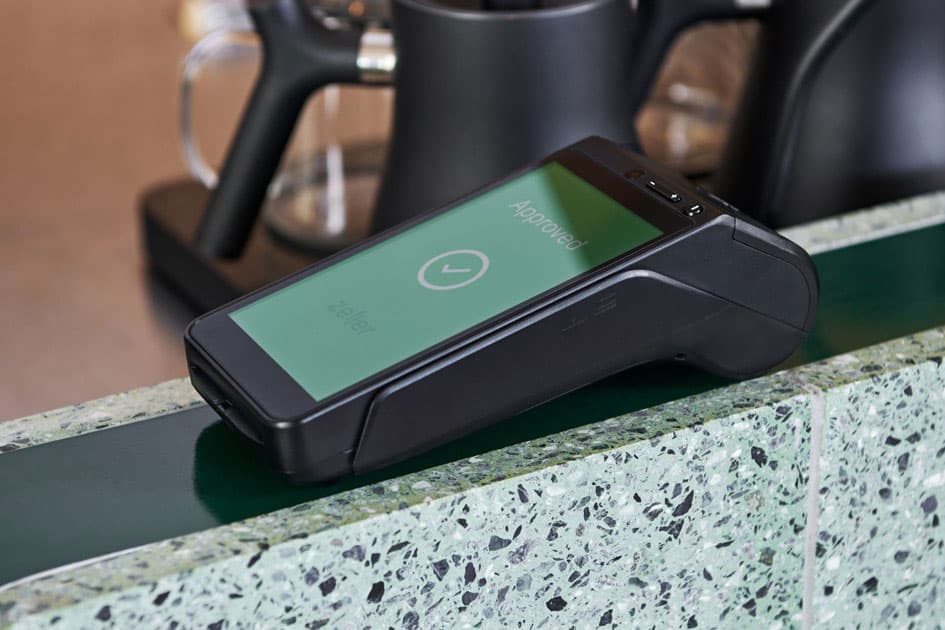
- Business Growth & Optimisation
How to Read a Merchant Statement
Do you ever read your merchant statement and wonder what all of the different fees mean?
Merchant statements can be confusing. Due to the sheer volume of information the typical statement contains, it’s easy to miss things like hidden charges.
Every merchant service provider has a different way of setting out merchant statements, however there are a number of important elements that most statements will contain. Once you understand what these elements are, you’ll be able to identify exactly what you’re being charged and where you could save on costs.
Keep reading to learn how to read your merchant statement so you can use it to identify opportunities to save on fees and grow your revenue.

Your merchant statement provides a wealth of information, if you know how to translate it.
What is a merchant statement?
You’ll receive a merchant statement when you open a business account, which is an important step in managing the finances of your business.
A merchant statement is a report of all of the transactions that your business completed throughout the month. This includes customer purchases as well as the associated payment processing costs.
Reading this statement is essential to determine exactly how much money your business makes and spends.
There’s much more to it than simply adding up the total amount of payments your business has accepted on any given day.
Elements of a merchant statement
Every payment provider produces its own style of merchant statement. Although some of the terminology used may change, the elements will be the same regardless of your provider.
All merchant statements will set out a summary, a settlement report, and charges, at a minimum.
Summary
The summary is exactly what it sounds like — it’s an overview of everything you spent and earned that month. Depending on your merchant service provider, your summary may also include a comparison to previous months.
Settlement report
The settlement report is a day-by-day breakdown of the information in the summary, containing information about the transactions processed each day.
Charges
The charges section will typically separate the fees you pay into two different types: transaction charges and other charges. This is typically the most confusing part of any merchant statement.
Transaction charges are an expense a business incurs each time an electronic payment is processed. In this section, you’ll see transaction fees for the debit and credit cards your business has taken payment from, as well as a service fee for each card type processed.
Other charges encompass just about everything else. Some other fees that you may be charged are authorisation charges, installation or maintenance fees, and terminal rental fees.
Rate of acceptance is the most important element of the charges outlined in a merchant statement, as well as one of the most commonly misunderstood. For that reason, it’s important to call out. Your business may get caught out, thinking the rate set out in your merchant statement is your true rate of acceptance. However, once you factor in other fees (such as terminal rental fees), it can be much higher.
Now that you understand the three key elements of a merchant statement, follow the below steps to work out exactly what you’re spending and earning in any given month.
Step 1: Identify the costs
When you run a business, you owe fees for every card transaction you process. You can alleviate some of the burden of these fees by taking them into account when determining the price of your goods or services, or you can add a surcharge.
Two types of fees that you will see on your merchant statement are wholesale fees and markup fees.
Wholesale fees, also known as interchange fees, go directly to the financial institution through which the transactions are made, and they are determined and regulated by the credit card companies. They are fairly uniform across most banks, and non-negotiable.
The fees often vary based on the type of card that is used, the size of the transaction and, sometimes, the type of merchant. Cards that accrue significant rewards for the users, for example, may incur higher fees for the merchant because these cards cost the financial institution more money — especially when used for more expensive purchases. That’s one reason why some merchants choose not to accept credit cards with rewards programs.
Markup fees, on the other hand, are what you pay to your payment processor. This is how payment processors make money from business owners — otherwise, all of the fees you pay would go straight to the customers’ financial institutions.
While banks are highly regulated and uniform in their processes, payment processors typically have more autonomy and flexibility. So, unlike wholesale fees, markup fees are typically negotiable — and they can differ greatly from processor to processor. This is great news for startup businesses owners, who can’t afford to get hit with significant fees. Even though a couple of cents may not sound like much in isolation, when you consider that it’s additional money you are paying to the bank on every single sale, it adds up.
Step 2: Determine the pricing model
Since markup fees are typically negotiable, it’s up to you to secure as good a deal as possible.
Some payment processors will blur the lines between wholesale and markup fees. However, if you understand your processing rate plan — the agreement that sets out how much you will pay your payment provider each month — you will be able to work out exactly what your markup fees are and identify whether you’re really getting as good a deal as you think.
The ways in which your fees are calculated and presented in your merchant statement depends on the pricing model, which is typically decided by your business account provider. Knowing which one you’re working with is the first step in understanding how you are charged. There are four main pricing models: interchange-plus, membership, flat-rate, and tiered.
Interchange-plus
Interchange-plus is the no-nonsense pricing model. It lays out all of your fees — wholesale and markup — and doesn’t leave anything out. For that reason, a merchant statement with an interchange-plus pricing model is typically the longest and most difficult to read. However, once you learn how to understand it, you’ll have all of the information about your transactions and fees available in one convenient place.
Membership
A membership pricing model is a way for merchants to pay a consistent monthly cost in exchange for lower fees per transaction. This is appealing for merchants who typically sell high-end products. This way, the payment processors still get their cut, but you aren’t hit with high fees for large transactions.
Flat-rate
A flat-rate pricing model charges the same fee for every transaction, regardless of size. It’s transparent and straightforward. The merchant statement provider combines markup prices and wholesale prices and presents one number. This makes for a shorter merchant statement and takes the headache out of separating prices to work out what you’re really paying — there’s nowhere to hide hidden fees.
This straightforward approach also makes it easy to anticipate and account for next month’s processing costs. Plus, it’s typically the most affordable pricing model for business owners.
Tiered
In a tiered pricing model, the merchant statement provider groups transactions into several levels based on size or type of transaction. Each tier receives a different fee. Merchants don’t typically benefit from a tiered pricing model. It penalises you for larger transactions, which should otherwise be great for your business.
The account provider gets the better end of the deal here because they have the opportunity to charge you more for your success. One positive that does come out of the tiered pricing model for the merchant, however, is that your processing rates become easier to understand — although that doesn’t change the fact that you are typically paying more than you need to. Also, similar to the flat-rate pricing model, merchant statements working with a tiered model do not show the breakdown of fees.
The easiest way to identify whether you’re working with a tiered pricing model is to look for the terms qualified, mid-qualified, or non-qualified (sometimes written in as qual, mqual and nqual).
Put your knowledge to the test
Now that you know the main elements of a merchant statement, it should seem a lot less chaotic.
You can use this information to make future pricing decisions about your business so it can grow as much as possible. Or, you can use your knowledge to determine whether or not you are getting the best deal possible. If not, you may need to consider switching account providers.
Need some help?
Even when you know where to look, what you're looking for is not always clear. Merchant statements can be ambiguous and complex, and are often fraught with hidden charges that catch merchants out.
Zeller Sales can help you translate the bank-speak to discover what you're currently paying, and then build a straightforward, custom package. Contact the team to find out what your business could be saving.

Simplified merchant fees
Keep fees as low as possible with one flat transaction fee, no hidden charges, and no lock-in contracts.



